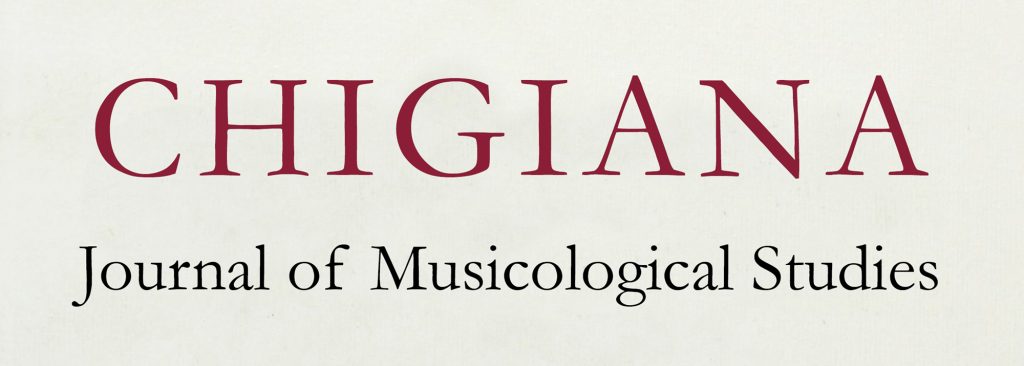
Between Music and Painting: Walter Ruttmann’s Opus Films
Henry Balme (Yale University)
In the years following World War I, European avant-garde artists faced the question of how painting could further develop after the advent of abstraction. Walter Ruttmann (1887–1941) proposed that the art form should respond to the accelerating experience of modernity by embracing temporality. Such a step brought painting closer to music, giving rise to “a temporal rhythm of optical events.” To test his theory Ruttmann created an abstract animated film entitled Lichtspiel Opus I. It received its official premiere at a Berlin cinema in 1921 with a score for string quintet composed by Max Butting. However, Ruttmann did not commission music for his subsequent abstract films (Opus II–IV, 1922–25). Apparently, he faced an aesthetic dilemma: was music in the form of sound necessary, or did film’s temporal (read: musical) nature render sound obsolete? Ruttmann’s early abstract films have been studied primarily by film historians, such as Goergen (1989), Cowan (2014), and Zinman (2020). However, these scholars do not emphasise music as a core concern for the painter-filmmaker. This article redresses this imbalance by focusing on the critical role music played in Ruttmann’s conception of these films. It argues that the sounding Lichtspiel Opus I and the silent Opus II–IV epitomize two dichotomous conceptions of film: intermediality and medium specificity. Studying the films within these frameworks offers a new perspective on how artists and critics negotiated film’s artistic status against the background of the established arts of music and painting in the Weimar Republic.
Negli anni successivi alla Prima guerra mondiale, gli artisti d’avanguardia europei si concentrarono sulle potenzialità di sviluppo della pittura dopo l’avvento dell’astrazione. In questo contesto, Walter Ruttmann (1887–1941) propose che l’arte dovesse rispondere all’esperienza accelerata della modernità, abbracciando la temporalità. Tale passo avvicinava la pittura alla musica, dando origine a “un ritmo temporale di eventi ottici”. Per testare la sua teoria Ruttmann creò un film d’animazione astratto intitolato Lichtspiel Opus I, che fu proiettato per la prima volta in un cinema di Berlino nel 1921, accompagnato da un pezzo per quintetto d’archi composto da Max Butting. Per i suoi film astratti successivi (Opus II–IV, 1922–25), tuttavia, Ruttmann non commissionò alcuna musica, perché probabilmente si trovò di fronte al seguente dilemma estetico: la dimensione sonora della musica era necessaria, oppure la natura temporale (leggi: musicale) del film rendeva il suono obsoleto?
I primi film astratti di Ruttmann sono stati studiati principalmente dagli storici del cinema, come Goergen (1989), Cowan (2014) e Zinman (2020). Tuttavia, questi studiosi non hanno preso in considerazione il ruolo della musica nella poetica del pittore-regista, mentre questo articolo si concentra proprio sul ruolo critico che la musica ha giocato nella concezione di questi film. In particolare, si dimostra come il sonoro Lichtspiel Opus I e il muto Opus II–IV esprimano due concezioni dicotomiche del film: intermedialità e specificità del mezzo. La scelta di analizzare i film in questa prospettiva consente di evidenziare come artisti e critici abbiano negoziato lo statuto artistico del film, sullo sfondo degli scenari della musica e della pittura nella Repubblica di Weimar.
